Published 5/2023
MP4 | Video: h264, 1280×720 | Audio: AAC, 44.1 KHz
Language: English | Size: 707.58 MB | Duration: 1h 22m
Understanding the purpose of the SES and IAD submissions and successfully meeting their requirements
What you’ll learn
Understanding the purpose of the SES and IAD reports
How to approach the SES document
How to approach the IAD document
Common mistakes made in SES and IAD reporting
Requirements
Engineering design understanding required.
Description
The Structural Equivalency Spreadsheet (SES) is a technical document used to ensure chassis and frame designs meet competition rules. The Impact Attenuator Documentation (IAD) is a technical document used to ensure that the proposed impact attenuator for the vehicle meets the competition rules. The key component that both documents also evaluate for, is if the vehicle’s structure meets the safety requirements as provided in the competition’s rules. Templates for both documents should be available on the website of the competition that the team is registered in.This course will be valuable for any Formula Student participant. The course is meant to empower student participants with the knowledge of understanding the purpose behind the documentation and furthermore, fulfilling the requirements towards the submission of the same. Participants are expected to be aware of basic mechanical engineering principles in order to be able to fulfil the requirements of both documents.This course has been designed by the organizers of the Formula Bharat competition for participants in both the Combustion Vehicle category and the Electric Vehicle category. While participants are still required to ensure that their documentation and the templates used, aligns with the competition their team has registered for, the knowledge provided in this course will still be relevant.
Overview
Section 1: Approaching the SES document
Lecture 1 About the instructor
Lecture 2 Key Notes for student
Lecture 3 What is the SES?
Section 2: Following the SES tabs – PART 1
Lecture 4 Read Me, Version History and Rules Clarifications
Lecture 5 Understanding the Cover Sheet
Lecture 6 Chassis Pics
Lecture 7 Material Data and Significant Structural Changes
Lecture 8 Main Hoop Tubing and Front Hoop Tubing
Lecture 9 Main Hoop Bracing and Front Hoop Bracing
Lecture 10 Front Bulkhead and FBH Support Structure
Lecture 11 Side Impact Structure
Lecture 12 Shoulder Harness Bar
Lecture 13 AI Plate
Lecture 14 Final Notes
Section 3: Following the SES tabs – PART 2 (Laminate and Attachments Tests)
Lecture 15 Introduction
Lecture 16 Laminate Test
Lecture 17 FBHS Layup Laminate Test
Lecture 18 FBH Layup Laminate Test
Lecture 19 Shear Tests
Lecture 20 Main Hoop Attachments
Lecture 21 Front Hoop Attachments
Lecture 22 Hoop Bracing Attachments
Lecture 23 IA Attachments
Lecture 24 Harness Attachments
Lecture 25 Firewall
Lecture 26 Final Notes
Section 4: Following the SES tabs – PART 3 (EV Powertrain)
Lecture 27 Introduction
Lecture 28 Accumulator Container
Lecture 29 Laminate Test – 3 pt Bending and Shear Strength Tests
Lecture 30 Accumulator Container Attachments
Lecture 31 Accumulator Protection and Tractive System Protection
Section 5: Following the SES tabs – PART 4 (Welds and Additional tabs)
Lecture 32 Welded Tube Inserts
Lecture 33 Welded Steering Rack Collar
Lecture 34 Monocoque Lap Joints
Lecture 35 Additional tabs
Lecture 36 Final notes
Section 6: Approaching the IAD report
Lecture 37 What is the IAD Report?
Lecture 38 IA and its types
Lecture 39 Approaching the IA report (Page 1)
Lecture 40 Approaching the IA report (Page 2 – 4 – IA Test Setup)
Lecture 41 Approaching the IA report (Page 4 – Other Required Information)
This course is for participants at Formula Student events who are involved in engineering design, and SES and IAD reporting.
HOMEPAGE
https://anonymz.com/?https://www.udemy.com/course/formula-student-ses-iad/
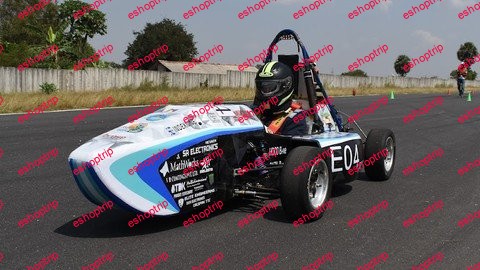


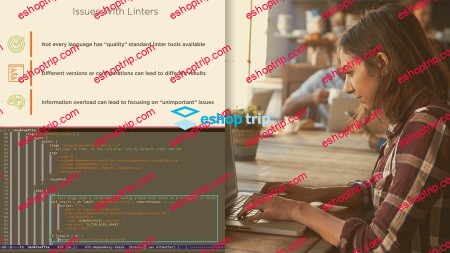
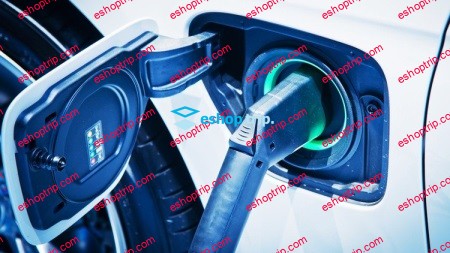


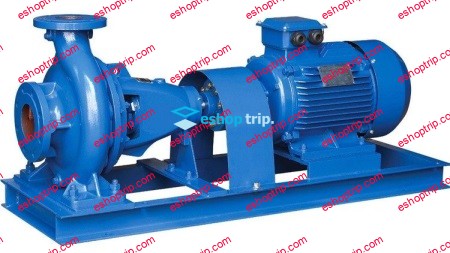
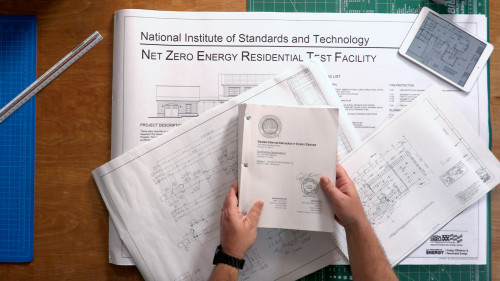

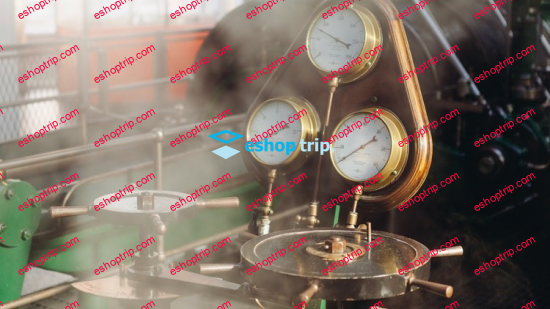
Reviews
There are no reviews yet.